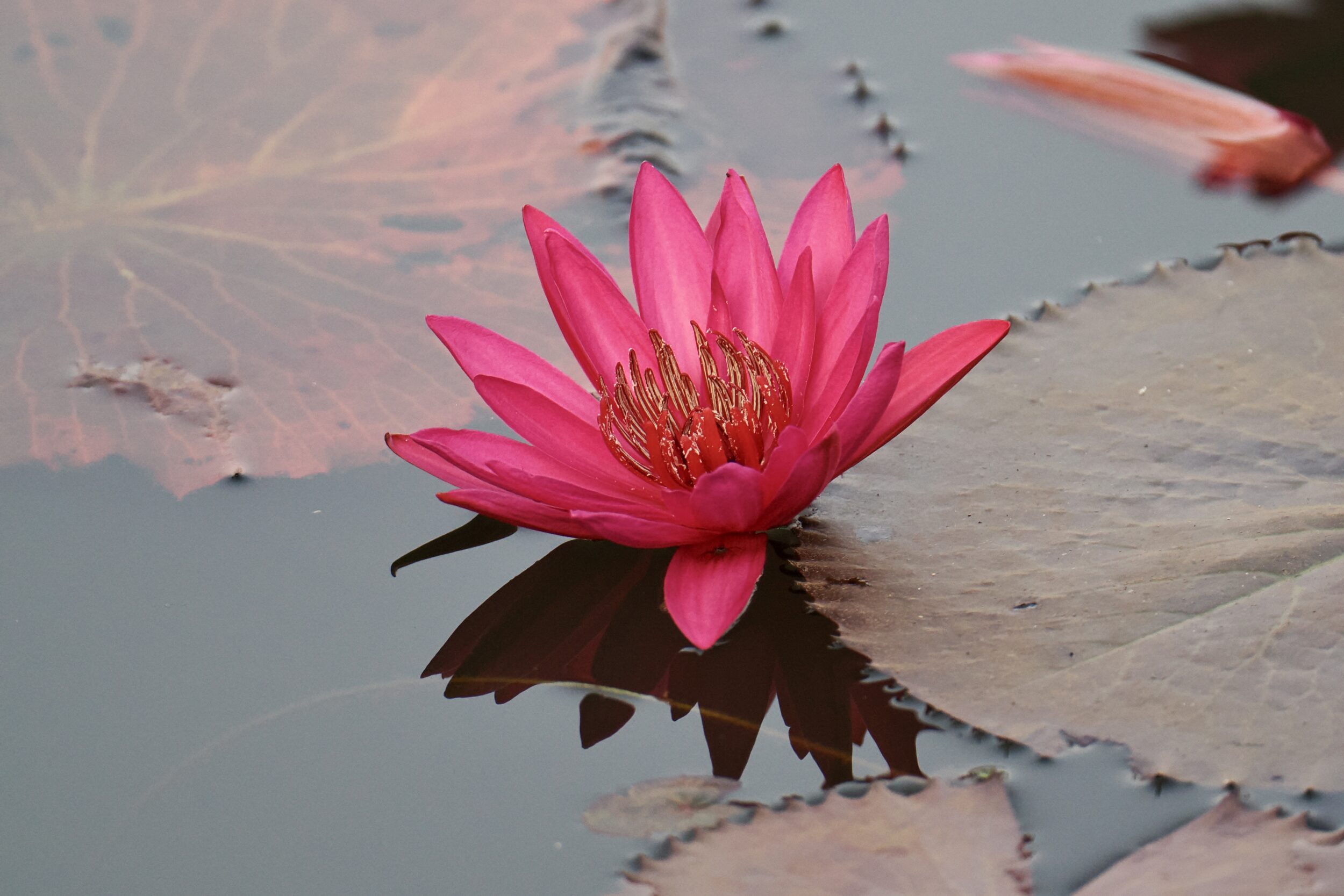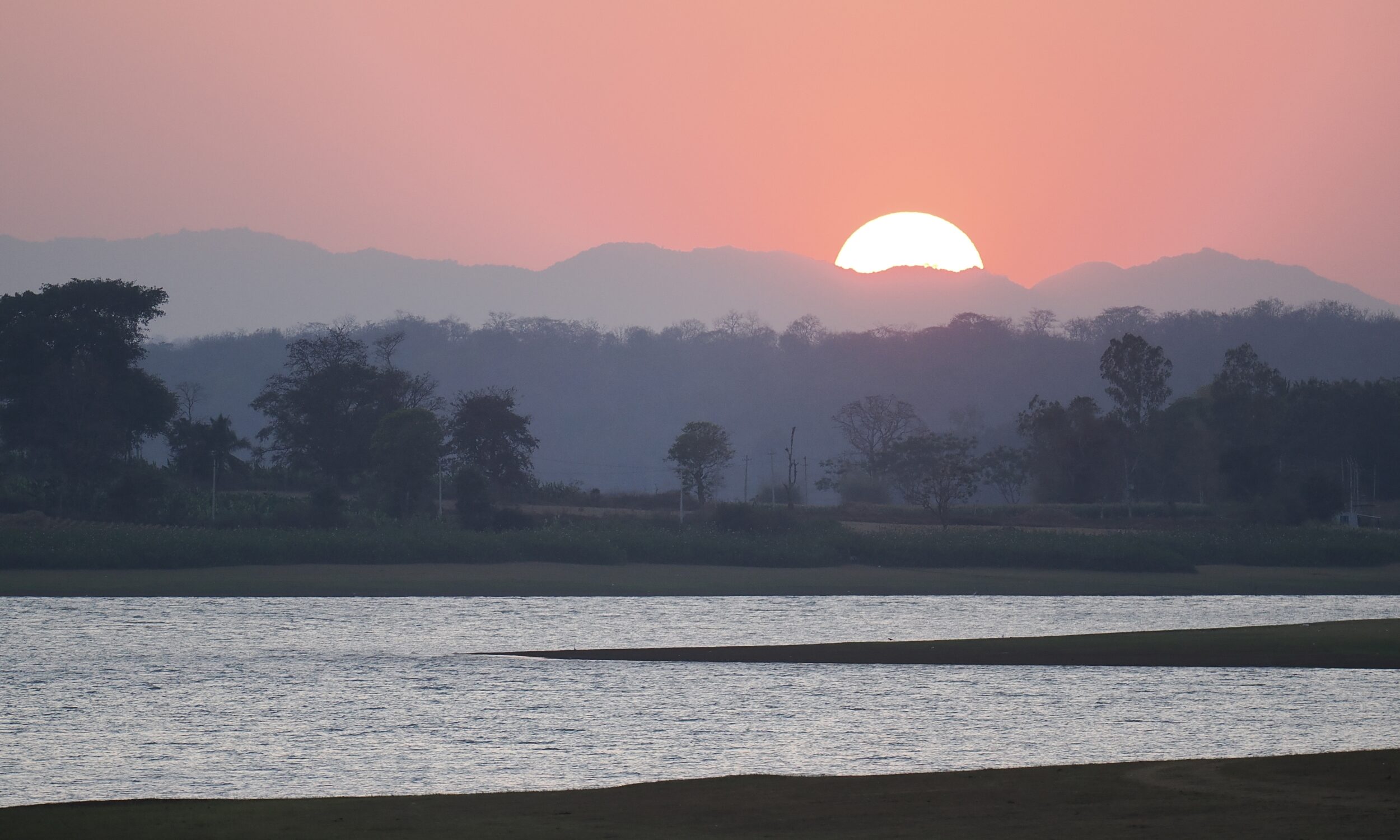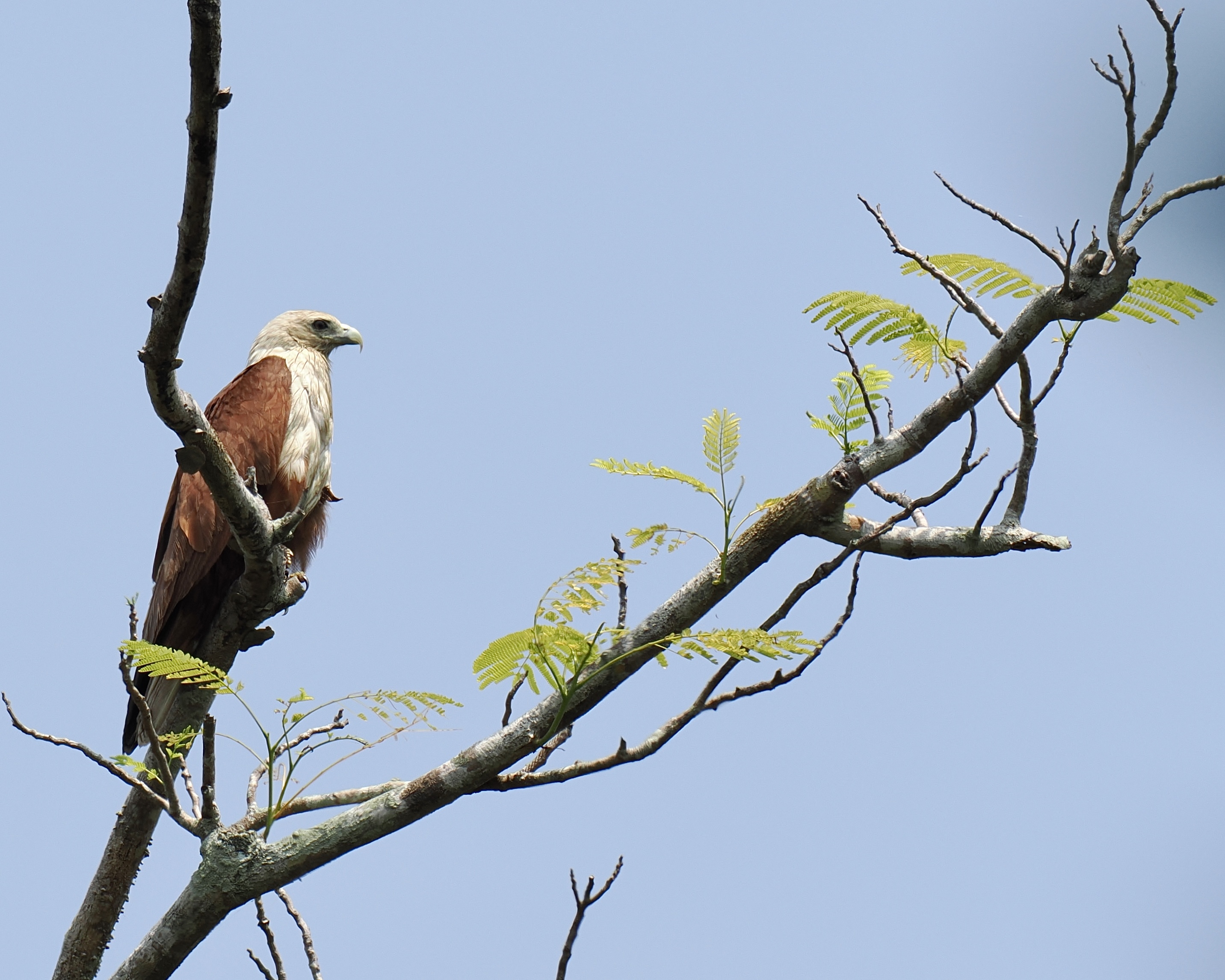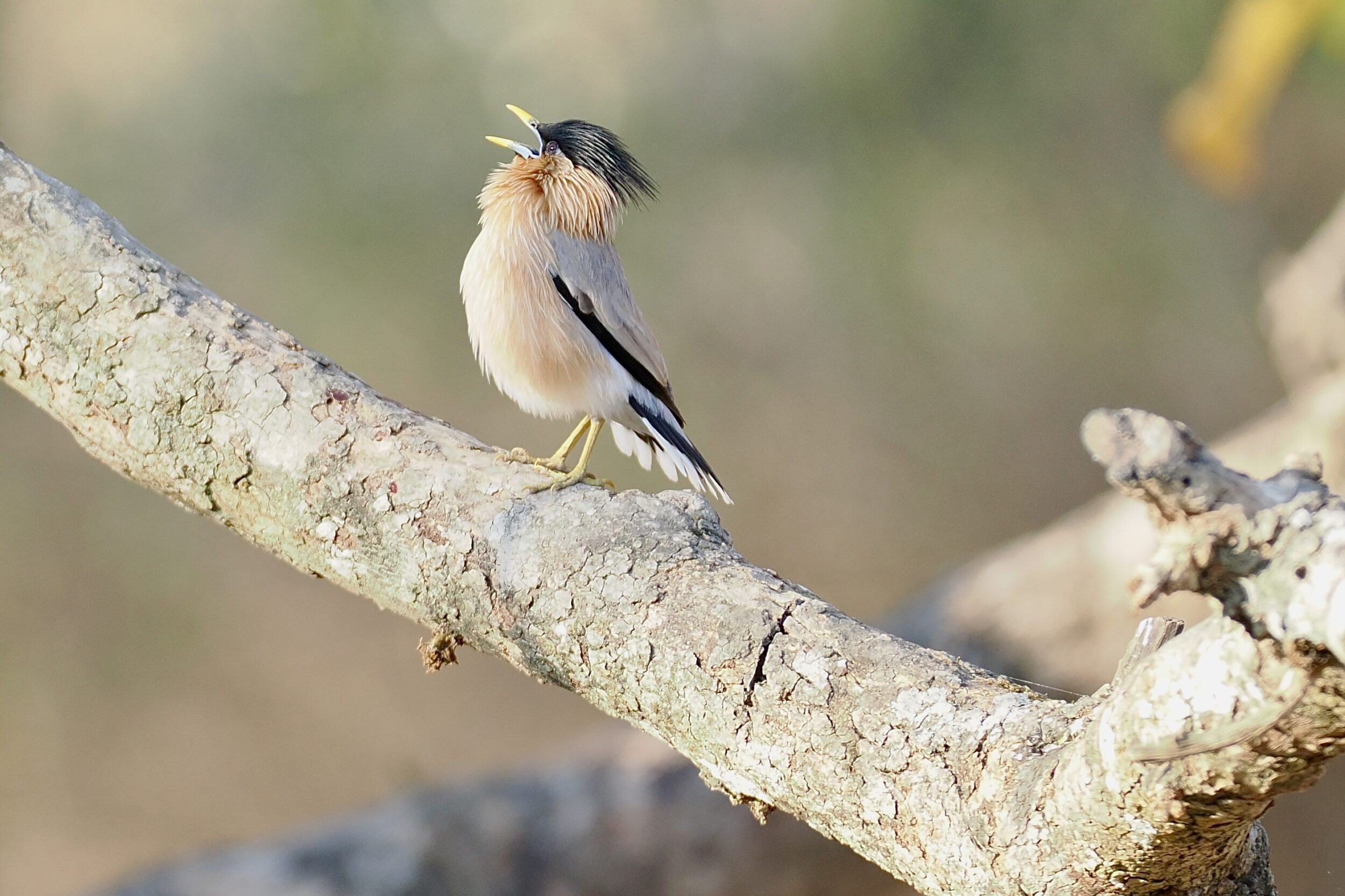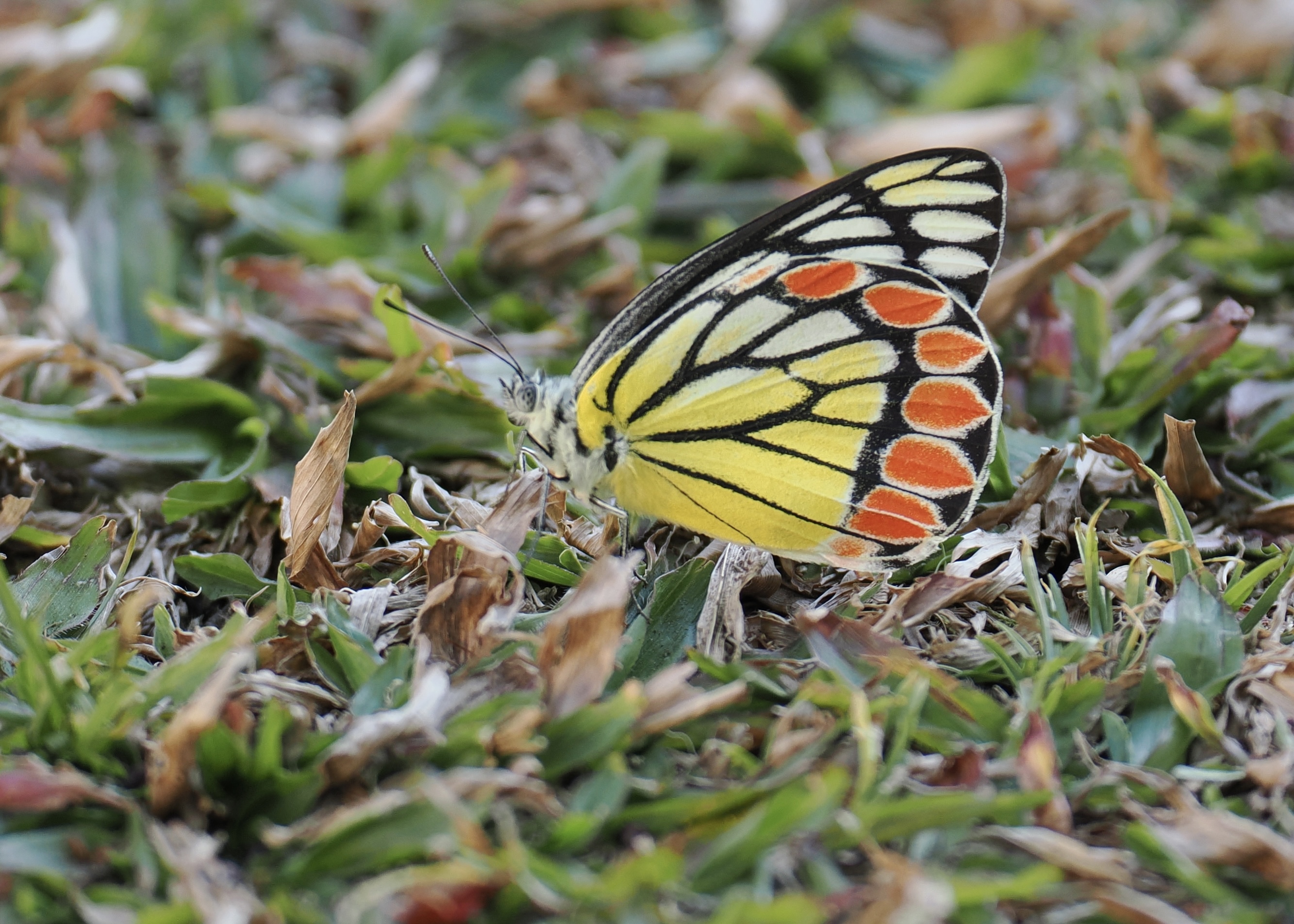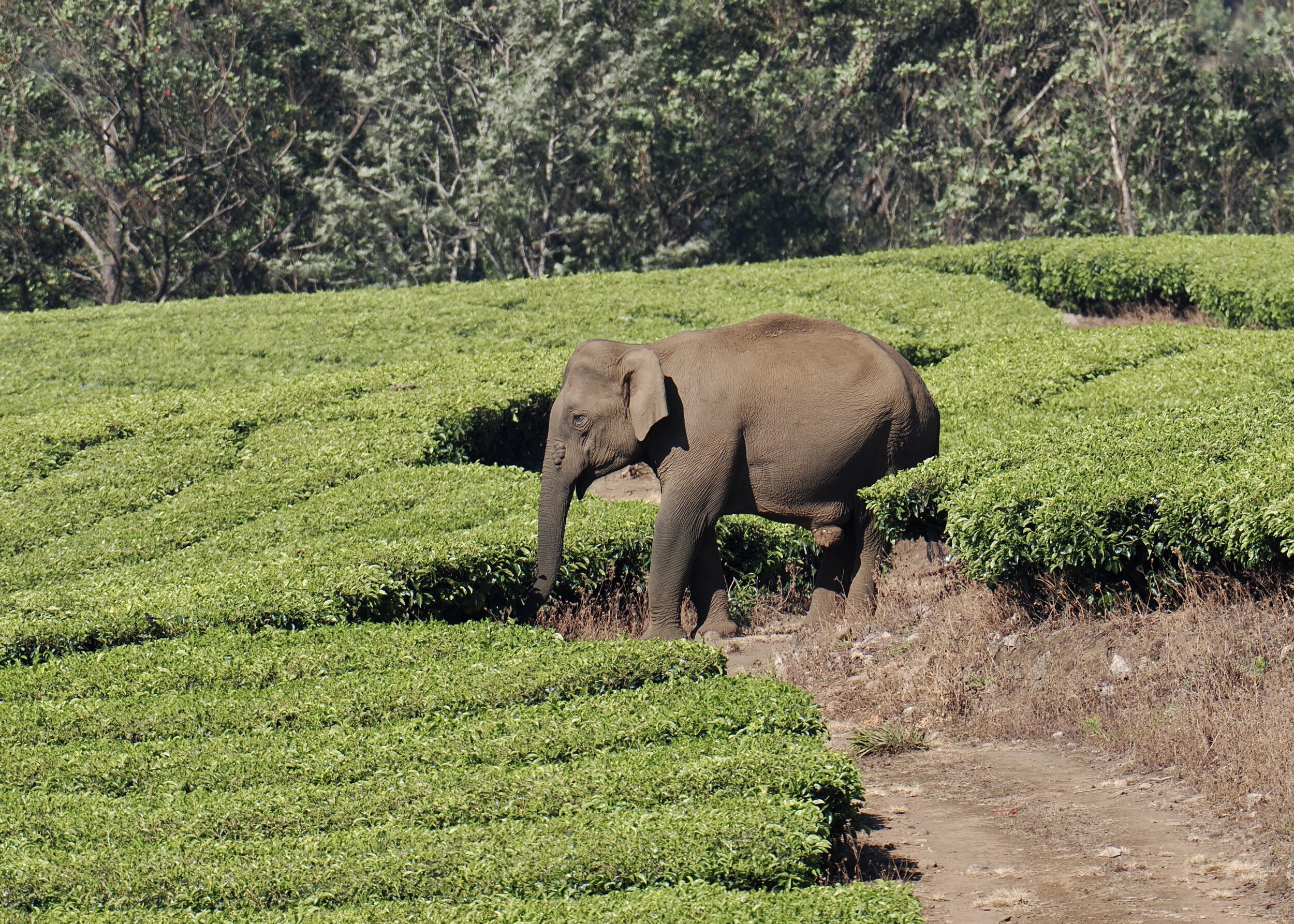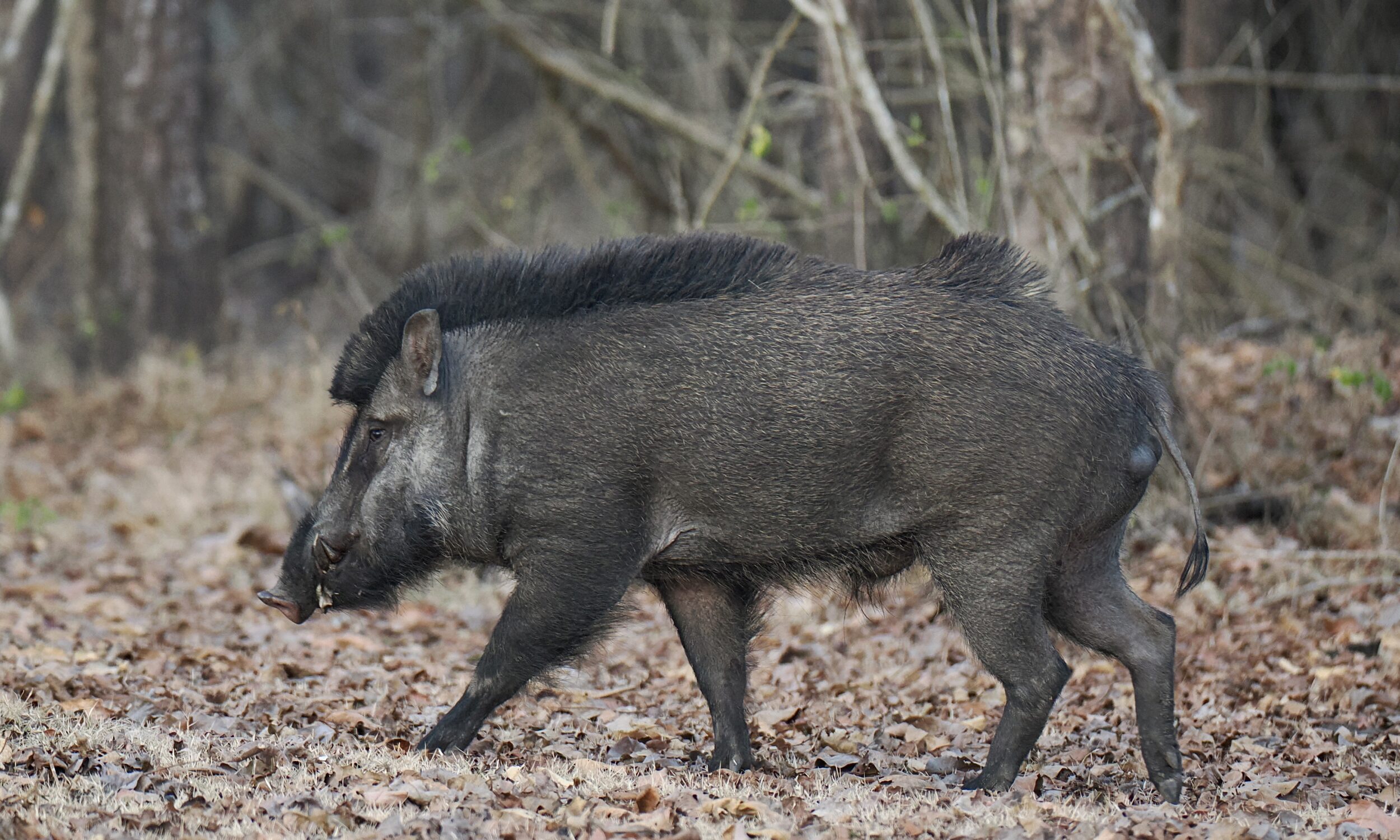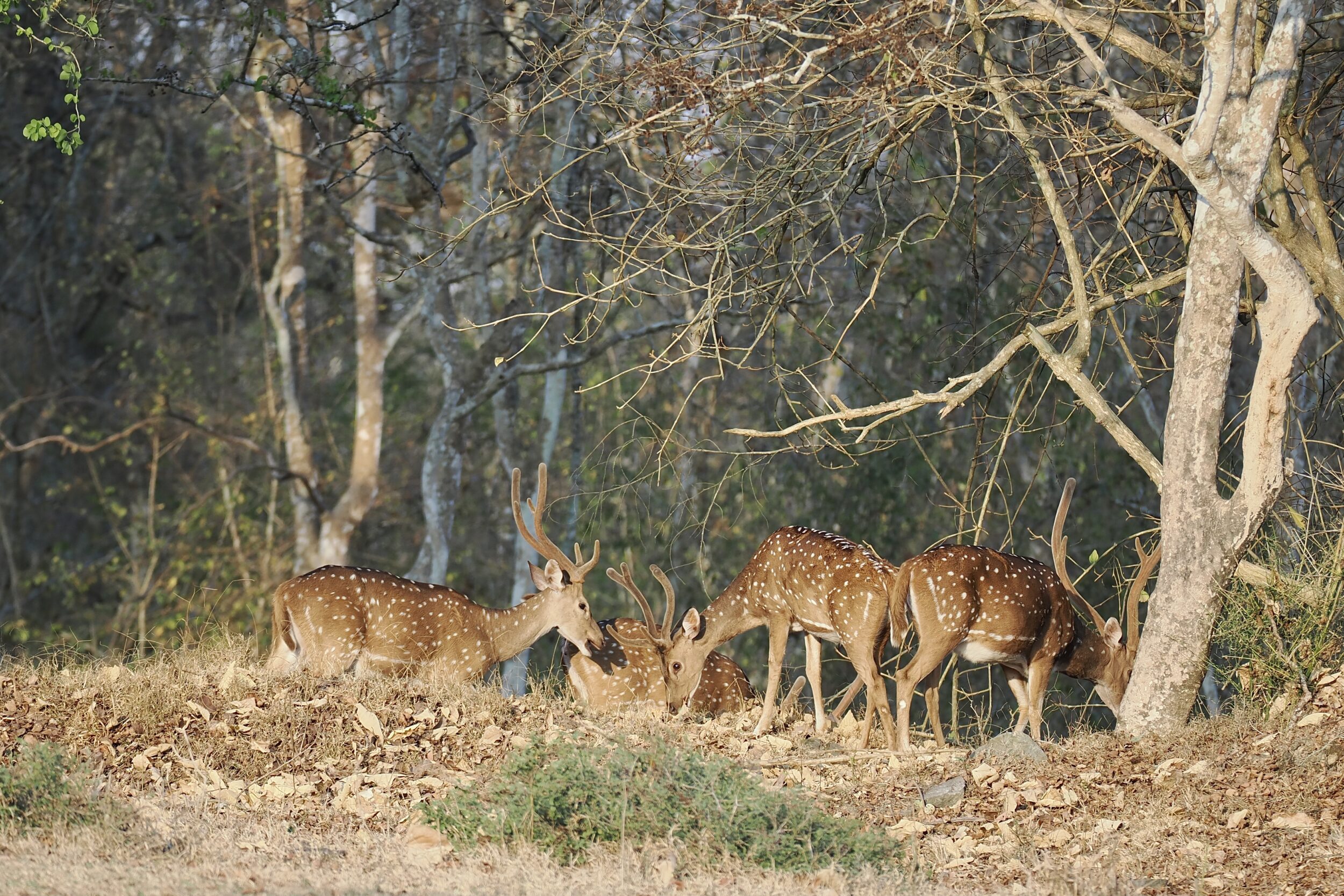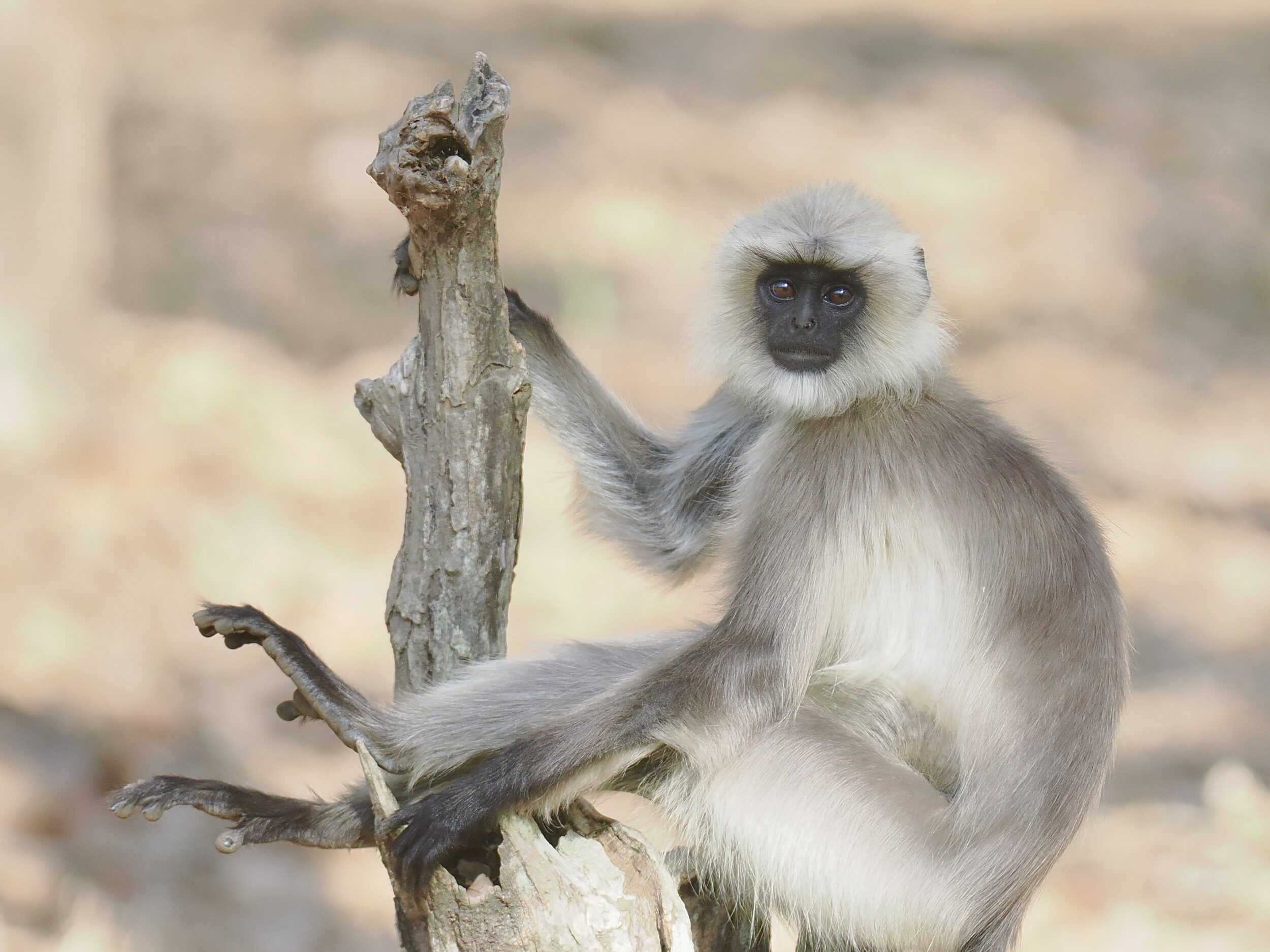Every day on “our” planet “our” sun seemingly rises and sets.
(unless one is within the Arctic or Antarctic “circle” in summer or winter)
On at least many days – in drier regions, most days – humans who care to pay attention can view the sun’s daily emergence and disappearance.
To those who do not care to pay them attention, such “every day” events are the very definition of ennui.
The (generally, much happier) rest of us relish the happy reality that no two sunrises/sunsets are too much alike, even in a single place.
Travelling to different locations further enhances this delicious, effectively-infinite variability.
